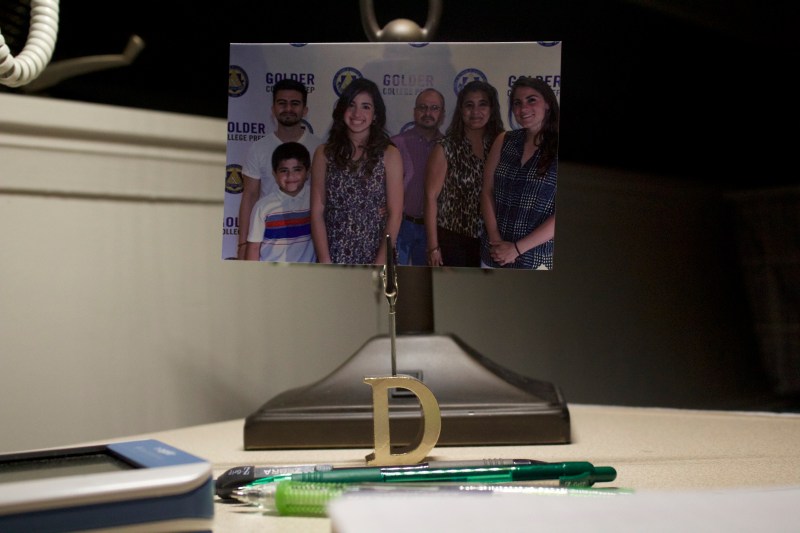Leaves. Swirling, red-gold, crinkling under boots and collecting on the steps of stone buildings.
I didn’t realize how much I had missed them.
When I traveled to the East Coast last weekend, I had not expected the rush of nostalgia at the sight of autumn foliage. In temperate Stanford, with its bubbling fountains and sweeping palm trees, one can only find the occasional yellow ginkgo. The paradise-like climate makes you forget what seasons are; by Week 3, I considered 50 degrees Fahrenheit to be “freezing-cold sweater weather.” Aside from the sagging pumpkins that appeared in my dorm, I hardly felt fall’s arrival.
And so, on the East Coast, I was pleasantly surprised at the bursts of color. They brought back fond childhood memories; they reminded me of home.
As I gazed out the window of a charter bus, cruising past forests, the occasional lake — their lakes aren’t dried up! There’s no drought! — and red brick buildings, I realized how much the East Coast cities resembled my own hometown. The neo-Gothic architecture was reminiscent of my high school, which was housed in a red-brown Gothic tower. And though I’ve always found the towering buildings to be rather isolating (I actually prefer Stanford’s sandstone), something about the environment tugged at my heartstrings.
It was homesickness.
Until that moment, I had never felt truly homesick. Transitioning to college brought none of the promised waves of emotion and urges to call home; if anything, I found myself breathless with excitement. Stanford was an empty canvas, and I was free to create memories in a world untouched by past emotions.
But precisely because it was untouched, I had no cause for nostalgia. Nothing at Stanford remotely resembles my hometown; even the chain stores at Town and Country — CVS and Trader Joe’s — are housed in buildings with facades radically different from typical East Coast/Midwestern architecture. On occasions when I left campus, I traveled with the backdrop of yellow-brown mountain ranges with a few tufts of green growth. Every detail of the environment was fresh, new and unexplored.
The East Coast, on the other hand, is like rediscovering the canvas that you had once drawn on as a child. Oh, you think, when you see the familiar handwriting, I wrote that. And then the memories come rushing back — you remember the places, the things you did. Places remind you of other places: That church looks exactly like the one outside my neighborhood! Thought after thought cascades upon your mind.
Homesickness, in my view, happens only when you have something to be homesick for. And for me, it also requires something to remind me of what I’m homesick for.
Thus, a weekend trip to the East Coast became a trip down memory lane — one I’m glad to have experienced but also glad to have disappear when I returned to Stanford.
Because for me, much of college requires a bit of blank canvas. The command that we were all given at Commencement — and that was reiterated by professors and upperclassmen alike — is to explore, to test our boundaries. When your canvas is empty, the boundaries fall away more easily; it’s easier to reinvent yourself or, at the very least, to see yourself in a new light.
Visiting the places that remind me of home, however, grounds me to past experiences. That too is crucial: My experiences have shaped who I am; they carry lessons that I must not forget.
I strike that balance when I sit under the palm trees and think of autumn leaves. I strike that balance when I learn something new and connect it to old memories; I strike that balance when I discover a new passion and find ways that it will help my community back home.
For a canvas that remains blanks is but a useless piece of parchment. Only when we draw on it — drawing from old and new experiences alike — does it come alive.
Contact Xinlan Emily Hu at xehu ‘at’ stanford.edu.
